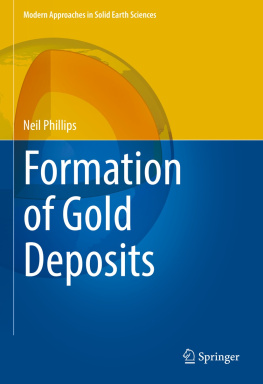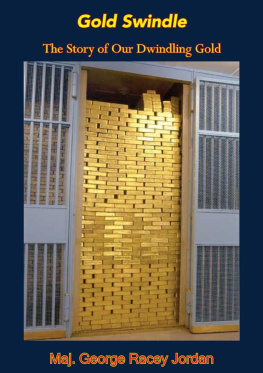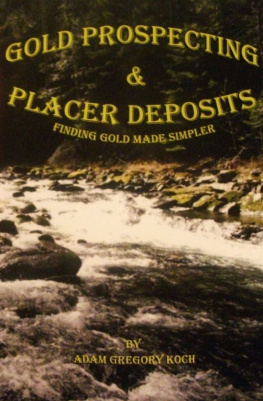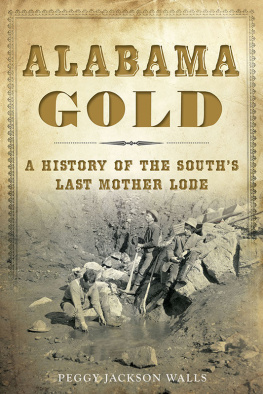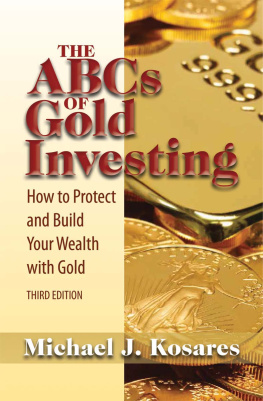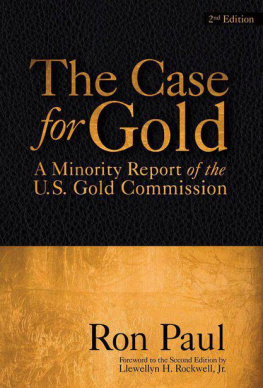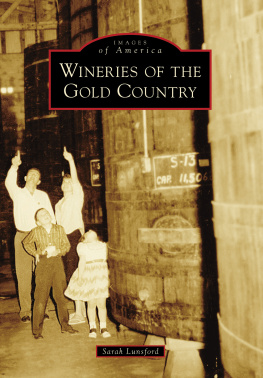Volume 21
Modern Approaches in Solid Earth Sciences
Series Editors
Yildirim Dilek
Department of Geology and Environmental Earth Sciences, Miami University, Oxford, Ohio, USA
Franco Pirajno
The University of Western Australia, Perth, Western Autralia, Australia
Brian Windley
Department of Geology, The University of Leicester, Leicester, UK
Background and motivation
Earth Sciences are going through an interesting phase as the traditional disciplinary boundaries are collapsing. Disciplines or sub-disciplines that have been traditionally separated in the past have started interacting more closely, and some new fields have emerged at their interfaces. Disciplinary boundaries between geology, geophysics and geochemistry have become more transparent during the last ten years. Geodesy has developed close interactions with geophysics and geology (tectonics). Specialized research fields, which have been important in development of fundamental expertise, are being interfaced in solving common problems.
In Earth Sciences the term System Earth and, correspondingly, Earth System Science have become overall common denominators. Of this full System Earth, Solid Earth Sciences predominantly addressing the Inner Earth - constitute a major component, whereas others focus on the Oceans, the Atmosphere, and their interaction. This integrated nature in Solid Earth Sciences can be recognized clearly in the field of Geodynamics. The broad research field of Geodynamics builds on contributions from a wide variety of Earth Science disciplines, encompassing geophysics, geology, geochemistry, and geodesy. Continuing theoretical and numerical advances in seismological methods, new developments in computational science, inverse modelling, and space geodetic methods directed to solid Earth problems, new analytical and experimental methods in geochemistry, geology and materials science have contributed to the investigation of challenging problems in geodynamics. Among these problems are the high-resolution 3D structure and composition of the Earths interior, the thermal evolution of the Earth on a planetary scale, mantle convection, deformation and dynamics of the lithosphere (including orogeny and basin formation), and landscape evolution through tectonic and surface processes. A characteristic aspect of geodynamic processes is the wide range of spatial and temporal scales involved. An integrated approach to the investigation of geodynamic problems is required to link these scales by incorporating their interactions. Scope and aims of the new series
The book series "Modern Approaches in Solid Earth Sciences" provides an integrated publication outlet for innovative and interdisciplinary approaches to problems and processes in Solid Earth Sciences, including Geodynamics.
It acknowledges the fact that traditionally separate disciplines or sub-disciplines have started interacting more closely, and some new fields have emerged at their interfaces. Disciplinary boundaries between geology, geophysics and geochemistry have become more transparent during the last ten years. Geodesy has developed close interactions with geophysics and geology (tectonics). Specialized research fields (seismic tomography, double difference techniques etc ), which have been important in development of fundamental expertise, are being interfaced in solving common problems.
Accepted for inclusion in Scopus.
Prospective authors and/or editors should consult one of the Series Editors or the Springer Contact for more details. Any comments or suggestions for future volumes are welcomed.
Neil Phillips
Formation of Gold Deposits

Logo of the publisher
Neil Phillips
University of Melbourne, Melbourne, Victoria, Australia
Stellenbosch University, Stellenbosch, South Africa
Translated by
F. Pirajno
ISSN 1876-1682 e-ISSN 1876-1690
Modern Approaches in Solid Earth Sciences
ISBN 978-981-16-3080-4 e-ISBN 978-981-16-3081-1
https://doi.org/10.1007/978-981-16-3081-1
The Editor(s) (if applicable) and The Author(s), under exclusive license to Springer Nature Singapore Pte Ltd. 2022
This work is subject to copyright. All rights are solely and exclusively licensed by the Publisher, whether the whole or part of the material is concerned, specifically the rights of translation, reprinting, reuse of illustrations, recitation, broadcasting, reproduction on microfilms or in any other physical way, and transmission or information storage and retrieval, electronic adaptation, computer software, or by similar or dissimilar methodology now known or hereafter developed.
The use of general descriptive names, registered names, trademarks, service marks, etc. in this publication does not imply, even in the absence of a specific statement, that such names are exempt from the relevant protective laws and regulations and therefore free for general use.
The publisher, the authors and the editors are safe to assume that the advice and information in this book are believed to be true and accurate at the date of publication. Neither the publisher nor the authors or the editors give a warranty, expressed or implied, with respect to the material contained herein or for any errors or omissions that may have been made. The publisher remains neutral with regard to jurisdictional claims in published maps and institutional affiliations.
This Springer imprint is published by the registered company Springer Nature Singapore Pte Ltd.
The registered company address is: 152 Beach Road, #21-01/04 Gateway East, Singapore 189721, Singapore
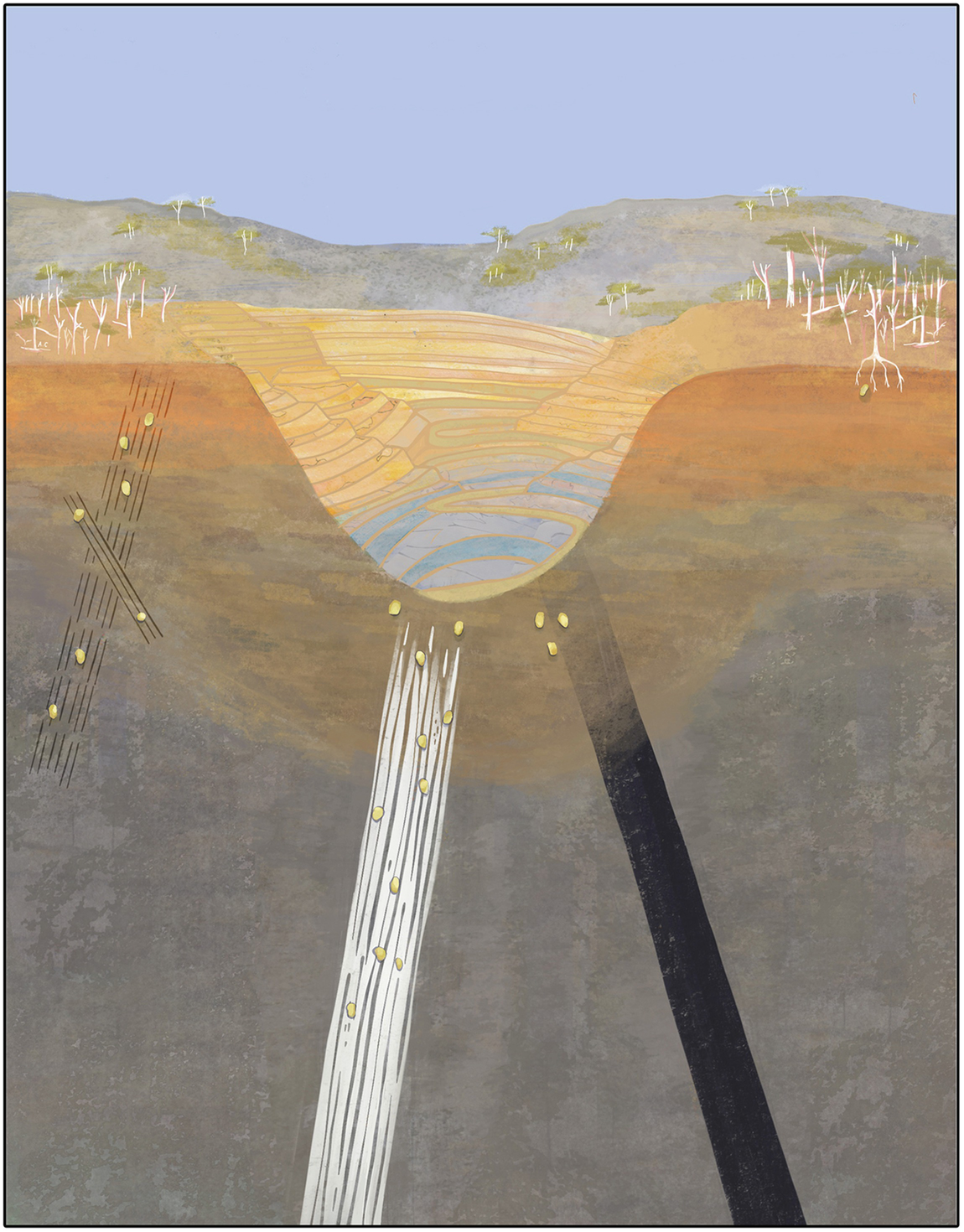
Preface
How gold deposits form is a question at the heart of human curiosity in a similar way to the evolution of mankind or the beginning of the universe. Gold gives great joy by its colour, lack of tarnish and use in jewellery. In many civilisations, gold has been a symbol and store of wealth. Today, gold is a vital component of electronics from smart phones to space probes. A better understanding of gold deposits can lead to increased exploration success and commercial advantage for the annual US$100 billion-plus global gold industry.
This book is designed for readers with an interest in gold, science, the mineral industry, and natural curiosity. It is based upon the authors career researching and teaching about the formation of gold deposits; and is written particularly for geoscience undergraduates, postgraduates, and professional geologists from the mineral industry. The book will be relevant to company leaders, stockbrokers, curious prospectors, and retired scientists.
This is a scientific detective story beginning with observations about gold on many scales. There is a focus on what, in the authors opinion, are the more important pieces of information, and the test of this subjective selection process can be judged in the quality of the final story. The highest-level of deposit classification into gold-only and gold-plus deposit types is based upon whether there are economic base metals like Cu; this classification is practical to apply as well as having a strong theoretical basis.

